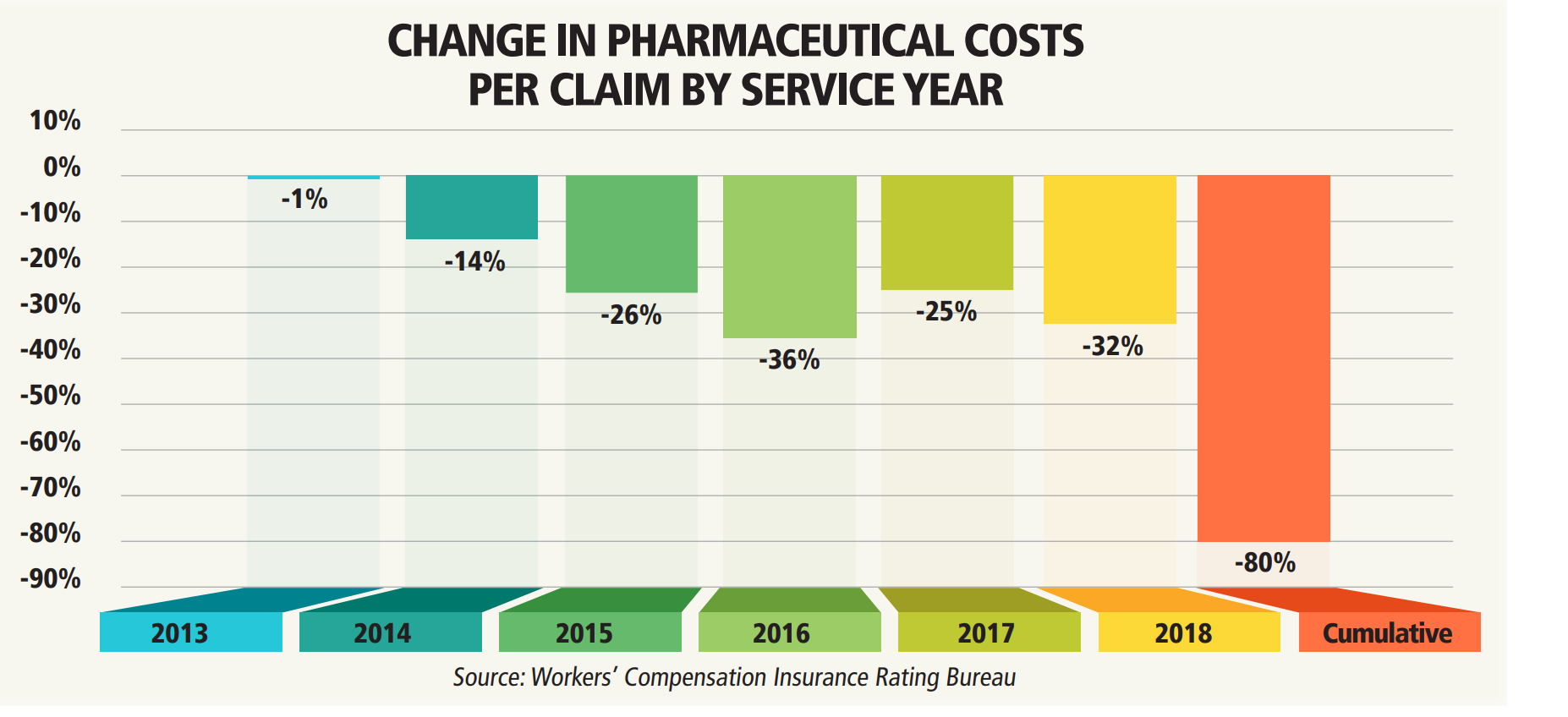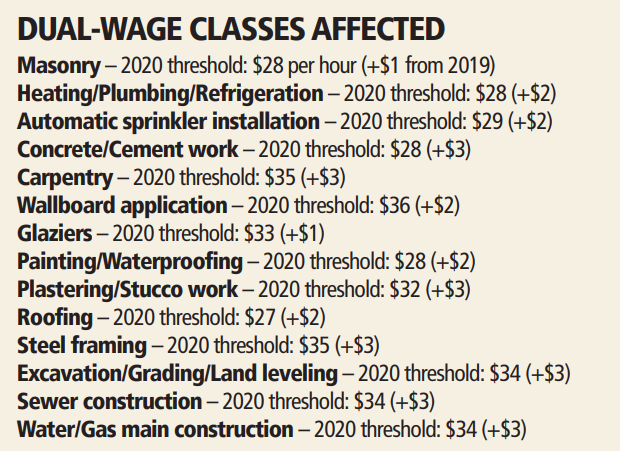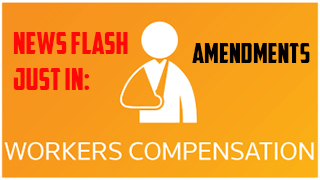GOVERNOR GAVIN Newsom has signed legislation that creates a new framework for COVID-19- related workers’ compensation claims. SB 1159 replaces an executive order that Newsom made on March 18 that required all employees working outside the home who contracted COVID-19 be eligible for workers’ compensation benefits if they file a claim. The new law expands that rebuttable presumption” that a coronavirus case is work-related to front-line workers, as well as employees in workplaces that have had an outbreak of cases. The new law is retroactive to July 6, the day after Newsom’s executive order expired, and is set to expire Jan. 1, 2023. Employers with fewer than five employees are exempt under the statute.
SB 1159’s three parts
Part 1. The law codifies Newsom’s prior executive order that provided a “rebuttable presumption” that COVID-19 was contracted in the scope and course of work by employees working outside of the home who get infected.
Part 2. The law provides a rebuttable presumption that firefighters, law enforcement officers, health care workers and home care workers who contract COVID-19, contracted it in the workplace.
Part 3. The law creates a rebuttable presumption that a worker’s COVID-19 diagnosis is work-related within 14 days of a company outbreak. Under SB 1159, an outbreak is defined as when four employees test positive at a specific place of employment with 100 or fewer employees and, for larger places of employment, when 4% of the employees test positive. It’s also deemed a workplace outbreak if the employer had to shut down due to the coronavirus.
Rebutting a claim
Employers can rebut the presumption that COVID-19 was contracted at work if they have:
• Proof of measures they put in place to reduce potential transmission of COVID-19,
• Evidence of the employee’s nonoccupational risks of contracting COVID-19,
• Statements made by the employee, or
• Any other evidence normally used to dispute a work-related injury.
REPORTING REQUIREMENTS
When an employer learns of an employee testing positive, they must report to the insurer the following information within three business days:
• The date the employee tested positive.
• The address or addresses of the employee’s specific place(s) of employment during the 14-day period preceding the date of their positive test.
• The highest number of workers who reported to work in the 45-day period preceding the last day the employee worked at each specific site.
Filing False Information Can Result in a $10,000 Fine
The Rossi Law Group has the following recommendations for employers in California:
• Keep track of all locations each employee works at, the number of employees on each day at each location, as well as a log of those that test positive (including the date the specimen was collected).
• If you are aware of any staff who have tested positive between July 6 and Sept. 17, you have 30 days after Sept. 17 to report the positive test to the claims administrator.
• You must also report to the insurer positive COVID-19 results for employees that are not filing claims. In that case, you must omit personal identifying information of the employee.
• Provide any factual information to the claims administrator that could help rebut any claim of work-relatedness.
The law also has some teeth: Anyone who submits false or misleading information shall be subjected to a civil fine up to $10,000.
One last thing…
The governor also signed into law AB 685, which requires employers to report an outbreak to local public health officials. Employers must also report known cases to employees who may have been exposed to COVID-19 within one business day.














